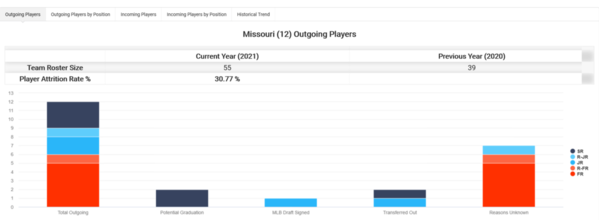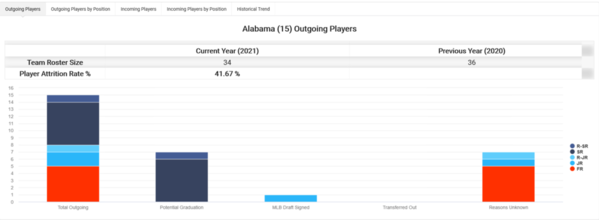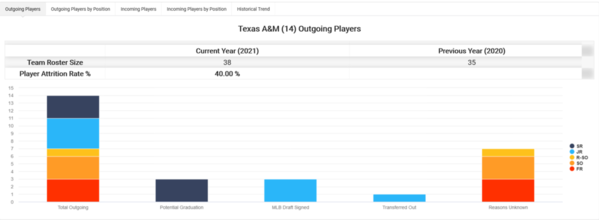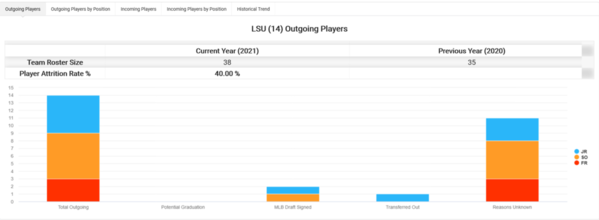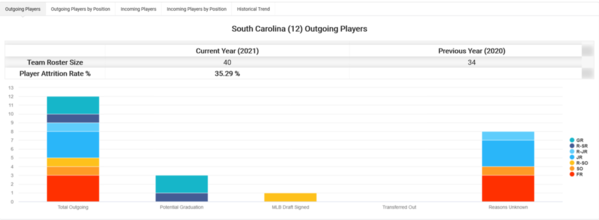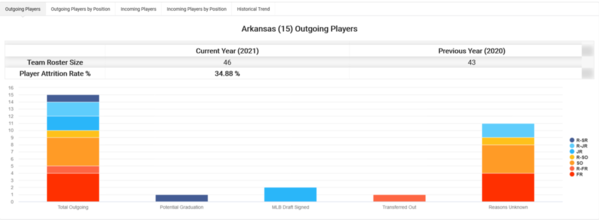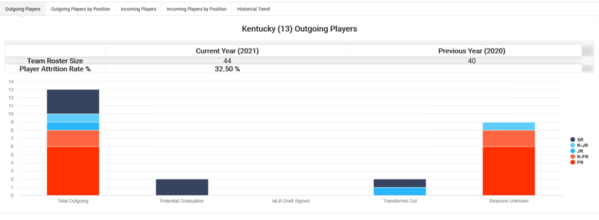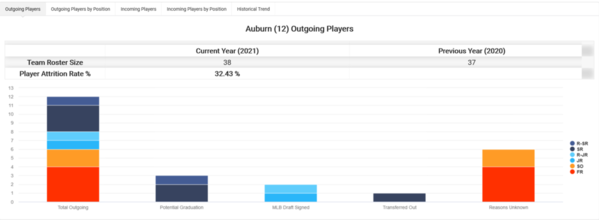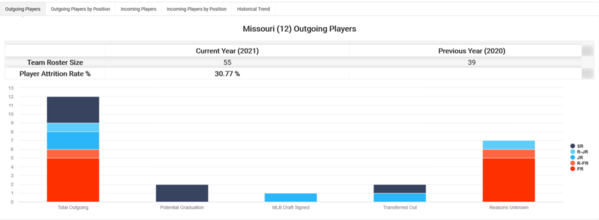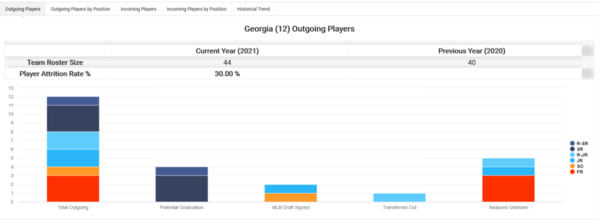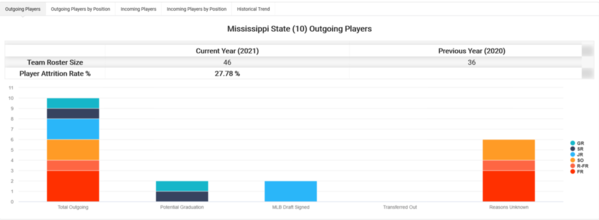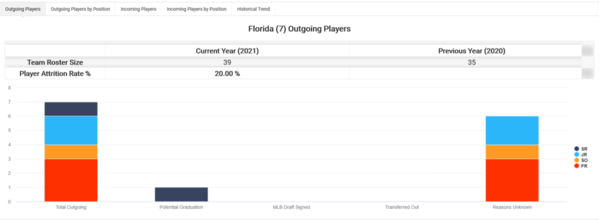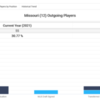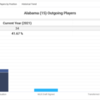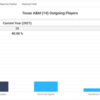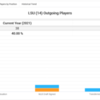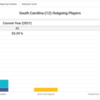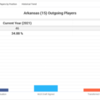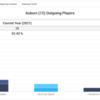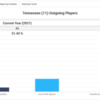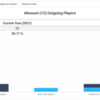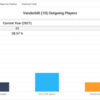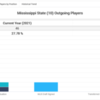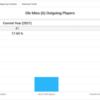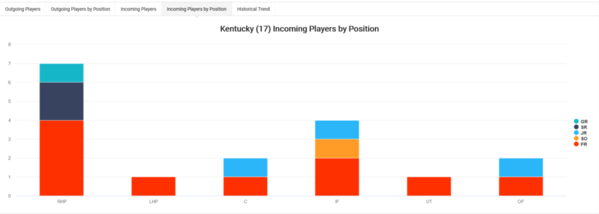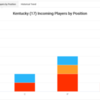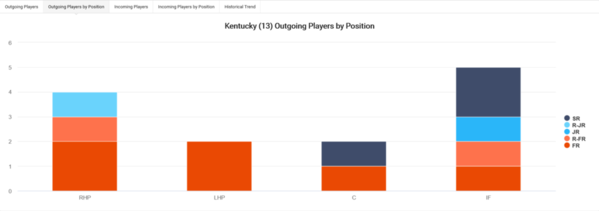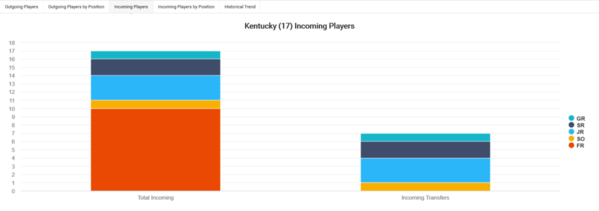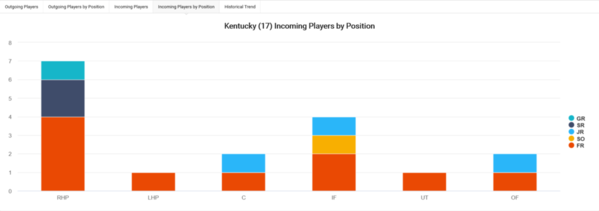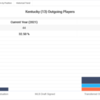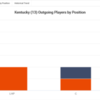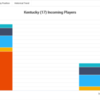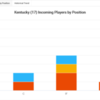Well, I agree from Bandera. From the coach's perspective, it may be what CBI says, but not from the player's perspective. At a travel-team tryout, if you aren't picked for the team, you can go try out for another team. In college fall ball, you have enrolled and are taking classes at the school, and you cannot just switch schools easily, even at the semester, if you don't make the team.
As many threads on here have shown, plenty of high-school students commit to being a walk-on (i.e. non-scholarship, for whatever reason), and are then cut. I think there is a lot of misunderstanding among HS players about how this works and what it means - I've seen it with kids that I know.
I'm not saying that this data is easy to put together - and especially not that CBI, with the way you collect data, can provide it. But, looking at PG to see how many kids commit in a given year, and then whether or not they make a spring roster, is something that can be useful.
A little background, between 2010 and 2012, my son played for one of the top travel programs in NJ.
The travel program had 2 seasons (Spring/summer and fall). Each season had its own cost.
There were tryout for both seasons.
Making the spring/summer team didn't guarantee playing on the same fall team.
From 2013 thru 2014, I went through the recruiting process, son received a athletic scholarship, thus he was locked in.
Note, the coach's goal is to bring in as many potential student athletes that are needed in order to meet the schools revenue objectives and his specific objectives.
A player and family will never know his objective.
Note, the coach was playing a game of rent with the option of buying.
Note, PG ranking system is questionable at best. PG is not the single source a commit data.
Secondly, PG has a disclaimer about its accuracy.
You would need to include other website, e.g. fieldlevel, PBR, etc.
Note, this unstructured data lacks data quality controls.
Note, a friend of my son walkon to Marshall in 2015. The fall roster didn't provide indication of the coach's roster management strategy.
The coach waited until the very end to inform him that he would be redshirted.
Fortunately, his father had a relationship with a D1 Juco program (older son had graduated 2 years earlier), and he transferred their for the spring.
Also, you will need to remember the coach has an open window to get players that want to transfer after the fall season.
IMHO, the families are spending significant amount of time looking at the fall roster due to the $$$ commitment.
Note, I'm simplifying the process.

